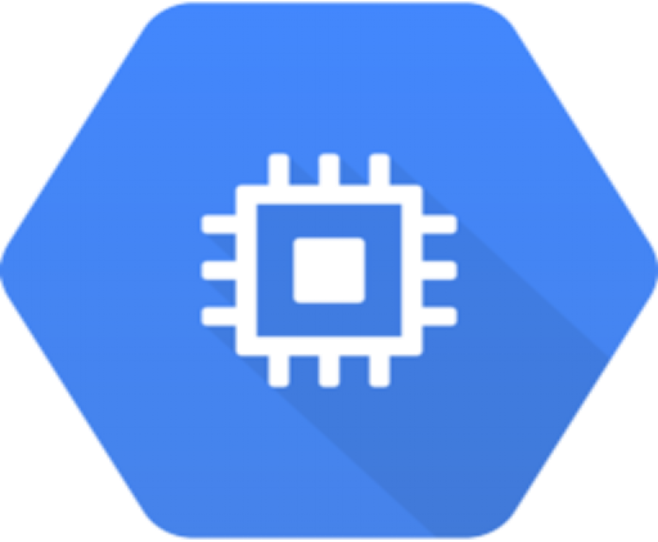Amazon Web Service
Cognito
Cognito enables you to add a sign-in page and sign-up form easily and different permissions are managed through Cognito for your mobile app and web app. Your own user directory can be easily created through Cognito. Through social networks like Facebook, Twitter and also through SAML identify solutions you can authenticate a user. Your own identity system can also be used. Data can be stored locally on user's device which allows apps to work, when the device is offline. Data of different devices can synchronize such that app experience remains great irrespective of what device a user use
A great app experience can be given through the use of Cognito as you don't need to worry about building, security, and scaling of the app. Also, an authentication process, synchronization, and management is done automatically.
Features
Use of pools at Cognito
Cognito user pool gives you an advantage to easily add up sign-in and sign-up page by creating and maintaining a user directory in your mobile and web app. You can also sign-in through a different social network like facebook, Google+ into the user pool of a mobile app and web app. As a developer, you get a small low-cost option to maintain pools of millions of user securely. Security features like phone number and email verification can also be added. Through AWS Lambda workflow can be customised. This helps in authenticating user and fraud detection.
Cognito Federated Identities
By the use of federated identity provider, you can create unique identities for a user and authenticate them. A temporary, limited use AWS credentials can be obtained such that you can synchronize data with Cognito sync. These credentials can be used to securely access AWS services which include S3, DynamoDB etc. It also supports unauthenticated identities, Facebook, Google, OpenID connect providers, SAML identity providers. Developer authentication identities are also supported. You can register and authenticate a user via own backend authentication system.
Sync. feature at Cognito
The app related user data can be synchronized among various devices and supports offline access. Without requiring own backend you can synchronize user data across the mobile app and web app. Data libraries are cached locally so the app can write and read data without any connectivity. You synchronize the data when a device becomes online. Notification for an update is available if you set up a push synchronization.
Next
Must Read Article

How To Launch EC2 Machine
In this article we are going to learn how to launch a EC2 instance. For this you need to have AWS account.

How to install WordPress on ec2 machine
Before you start installing WordPress on ec2 machine. You must log in into the machine.
How to create a VM instance in Azure
In this Tutorial we are going to launch a Virtual Machine in azure.
How to install WordPress on VM instance in Azure
Before you start installing WordPress on VM instance on Azure. You must log in into the machine. You can launch a VM Instance in Azure using this tutorial. After launch of machine log in into the machine using SSH. If you do not know how to SSH in VM instance you can follow this tutorial.

How to launch a VM instances in Google Cloud
In this tutorial we are going to launch a Compute Egine instance.

How to install WordPress on VM instance in Google Cloud
Before you start installing WordPress on VM instance on Google Cloud. You must log in into the machine. You can launch a VM Instance on Google Cloud using this tutorial. After launch of machine log in into the machine using SSH. If you do not know how to SSH in VM instance you can follow this tutorial.



